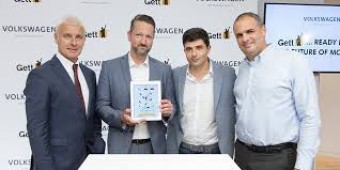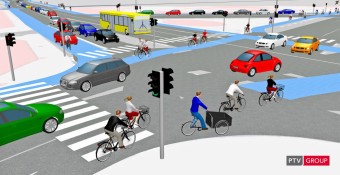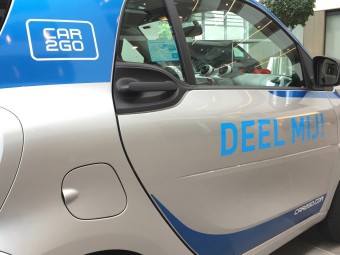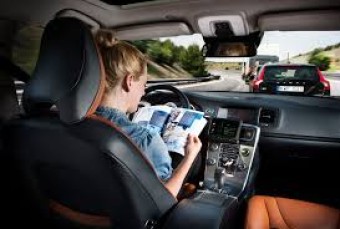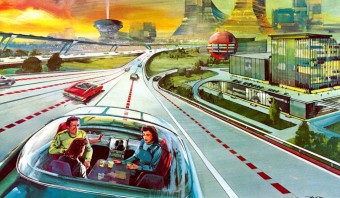Taxi & Mobility Update – Presentations
Corrado Simontacchi- changing face of business travel J-C Simon-Taxi and PHV in large cities James Cooper- TaxiIntell Kaan Yildizgoz-UITP study Levent Erdogan – Karsan Max Zeumer-FlixBus Disrupting Transporation-T&MIU-final Oleg Kamberski – IRU Richard Harris -is MaaS the magic wand Sampo Hietanen-MaaS taxis Shwetha Surender-Mega Trends Simon Buggey-Taxi and Mobility 2016 – London briefing Suzanne Hoadley-CityMobil2 Teemu Sihvola-smarter shared rides
Jean Vachon – Tao video:
Matt Daus – video:
Daniel Ishag – Karhoo video:



